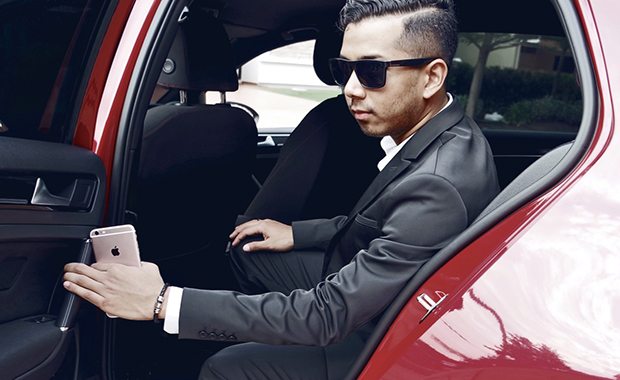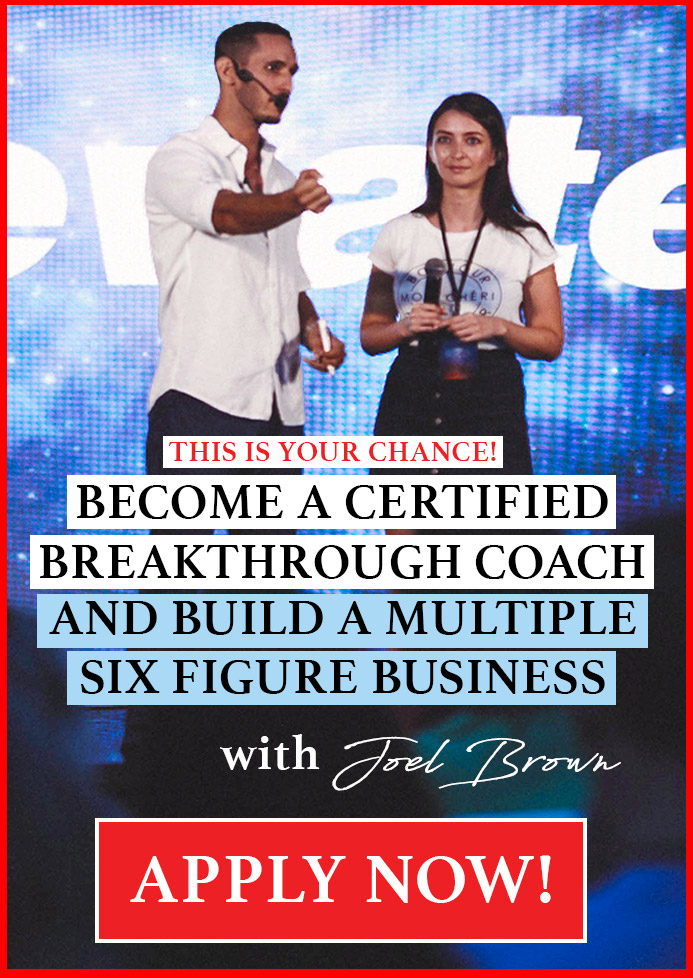Life
Why Self-esteem Is Different From Confidence and How to Build Both Effectively

As humans, we sort of depend on certain qualities and traits. For example, self-esteem and self-confidence (or confidence) are two fundamental personality traits that we need in our lives. Quickly before you think about each of the terms, let’s define what each of them means.
Self-esteem: How you feel about yourself and about what you do. It’s your sense of self-worth, in a world full of other individuals just like you. When you have self-esteem you believe that you deserve to be happy, and you believe that you deserve the respect of others.
Self-confidence: The self-assurance in one’s personal strengths, judgments, and decisions. When you believe that you can achieve something, you’re basically confident that you’re going to make it. It’s just like a feeling of trust in your own abilities.
The connection between these two personality traits is quite significant. Even though it’s normal for high self-esteem individuals to also be self-confident, the two qualities can also thrive separately. For example, I know someone who’s extremely talented at painting and firmly believes in his ability to create art.
Even though he’s extremely talented and he knows it, he refuses to share his art with other people. He has big self-esteem issues and believes that his work will be negatively judged.
Why do we need to develop both our self-esteem and confidence?
The previous example were meant to highlight the fact that the lack of self-esteem could generate many disempowering effects. Loss of talent is one of them.
Let’s make it clear, self-discipline and self-esteem are qualities that can be developed. It’s not like you get born and die with them. If you want to change, you can have the change. I very often suggest people around me to take full responsibility for their lives.
I’d like to do the same. In case you’re already aware of your issues, taking responsibility and committing to change is the best thing that’s going to make you a better person. Fulfillment and happiness can never be achieved unless one truly believes that he has the ability to earn them, and also that he deserves them.
Here are 5 effective ways to improve both your self-confidence and self-esteem at the same time:
1. Start Taking Consistent Action
Taking action with purpose is the best way to set yourself on the right path. Here’s how to proceed:
- Set three long-term goals – brainstorm more and choose the most important three
- Split them into small and more manageable goals – it could be monthly/weekly
- Focus on each independently and make small steps towards results
- BE CONSISTENT and never give up
Taking consistent action will give you momentum to keep going. Whatever you want to achieve (emotional freedom, a better job, better relationships), start doing it now. There’s no better advice than this, even though you have probably heard it before.
“Consistent actions creates consistent results.” – Christine Kane
2. Analyze Your Self-Talk
If you want to change the way you feel, you must listen to your other voice. I bet that you’re always allowing your other voice to take over your mind. You even listen to it frequently, and it often gets you in trouble.
Fear of failure and the lack of self-esteem creates negative self-talk. This affects you on all levels, as most of our self-talk is negative. Start making a distinction between the two voices and stop allowing the big mouthed monster in your brain take the control again.
3. Contribute to The Well-Being of Others
When you’re good to others, you get a feeling that you were sent on earth with a purpose. That sense of purpose is extremely healing for people with low self-esteem. When another human being honest thanked you for your kind deeds, your heart gets filled with joy. If you do more good to the world, that feeling will persist and will eventually become a part of you. Sooner than you expect, your self-esteem levels will skyrocket.
4. Respect and Reward Yourself Every Now and Then
Every one of us has good days and bad days. Every person has problems and sorrows. We’re not perfect, and we’ll never be. It’s important to remember the fact that sometimes we go through good times, sometimes we go through bad times. When the bad times arrive, be prepared.
Respecting your boundaries, your actions, yourself, and your time is essential to your well-being and fulfillment. Besides that, you should also consciously reward yourself from time to time. Go out, do something you enjoy, buy something that you’ve always wanted. The feeling of reward is often helpful for cultivating better self-confidence and self-esteem.
“Self-respect knows no considerations.” – Mahatma Gandhi
5. Truly Commit to Change
Again, I’m not going to surprise you with some unusual and ineffective strategy. Instead, I’m going to tell you the truth again. If you’re not committed to progress and change, it’s never going to happen. You’ll be stuck in your state up until you personally decide that you’ve had enough.
This is what it means to take responsibility for your life. No one is supposed to spend their life in fear, disappointment, and unhappiness. These personality traits should always be advantageous instead of the opposite.
Life is much more beautiful if you live it with full confidence and self-esteem. Who says you can’t be happy? Who says you can’t do what you want to do? Everything you think, or more specifically what other people think…it’s all subjective. You can always change the way you perceive the world. You can find new meanings and purposes, and you can live your life intensively and happily.
In your opinion, what is the difference between self-esteem and self-confidence? Leave your thoughts below!
Image courtesy of Twenty20.com
Life
13 Meaningful Ways to Show Someone They Matter
These habits can become your go-to default for building stronger, healthier relationships

When we want to make others feel important, we shift the focus from ourselves to them. This means truly listening to their thoughts and feelings, acknowledging their contributions, and offering genuine compliments. (more…)
Life
The Key to Living With Purpose in a Distracted World
In today’s fast-paced world, finding our true purpose can feel like searching for a needle in a haystack

In today’s fast-paced world, finding our true purpose can feel like searching for a needle in a haystack. This is where the “Why Whisperer” steps in, guiding you to tune into your deepest motivations and desires. (more…)
Life
If You Have This Attachment Style It’s Killing Your Success
To ensure that your attachment patterns never hold you back in life, you must employ reliable anchors.

Attachment styles are a popular framework used by many in this day and age, but what is your “attachment style” exactly? (more…)
Life
Overworked and Stressed? This Can Save Your Sanity
People should spend some time in solitude everyday so as to stay healthy physically, mentally and spiritually

Life is becoming more complex with the rapid changing technology. Stress levels among people are rising at alarming rates with the rising aspirations and expectations of the people. (more…)
-

 Life4 weeks ago
Life4 weeks agoHow to Have the Audacity to Pursue Your Greatest Potential
-

 Success Advice4 weeks ago
Success Advice4 weeks agoHow to Master Your Money and Build a Better Future
-

 Life3 weeks ago
Life3 weeks agoOverworked and Stressed? This Can Save Your Sanity
-

 Life3 weeks ago
Life3 weeks agoIf You Have This Attachment Style It’s Killing Your Success
-

 Success Advice3 weeks ago
Success Advice3 weeks agoLeadership Lessons All Future Leaders Need to Know
-

 Success Advice2 weeks ago
Success Advice2 weeks ago6 Powerful Tips to Supercharge Your Small Online Business
-

 Entrepreneurs2 weeks ago
Entrepreneurs2 weeks agoHow Entrepreneurs Are Retaining Top Talent
-

 Success Advice2 weeks ago
Success Advice2 weeks agoHow to Build Character That Guarantees Lasting Success































1 Comment